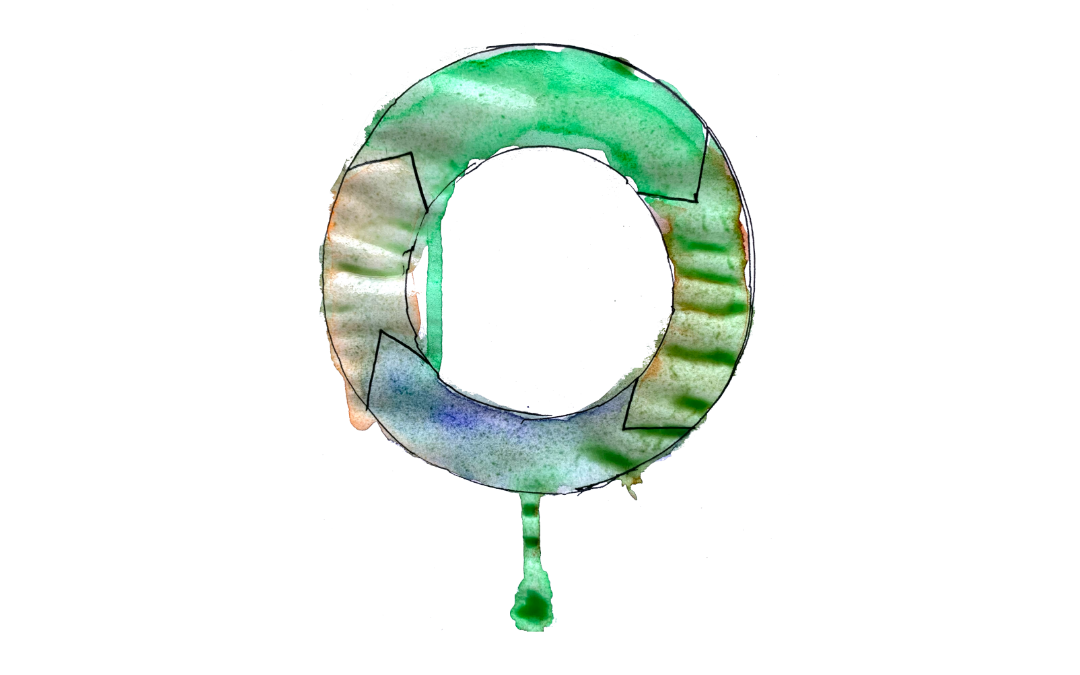The term “circular economy” generally refers to an economy where materials are used in closed loops, allowing products and materials to be reused and recycled. “Circularity” is a means to achieve sustainability. A key aspect of a circular economy is to extend material loops by using products for longer, reusing and repairing them, reducing material and resource usage, minimizing waste through efficient production and usage, and relying on renewable resources that are cycled. It’s also important to avoid toxic substances, as they not only pose environmental and health risks but also complicate reuse and recycling.
Closing the loops through recycling is essential, but it alone isn’t sufficient. Even with highly efficient recycling processes, achieving 100% material recovery isn’t possible due to thermodynamic limits, and it often isn’t economically feasible either. Thus, we need to think beyond only recycling and also focus on reducing overall consumption levels.
Read more: Circular Economy Compendium
About author:
Jessika Richter
Associate Senior Lecturer, IIIEE, Lunds university
My research focuses on policy instruments for sustainable consumption through lifestyle changes and strategies for a circular economy, including repair, reuse, extended product lifespan, producer responsibility, green procurement, circular business models, and initiatives for circular cities. I have particularly researched the trade-offs and challenges that the digitalization of more circular products entails in minimizing resource use.
